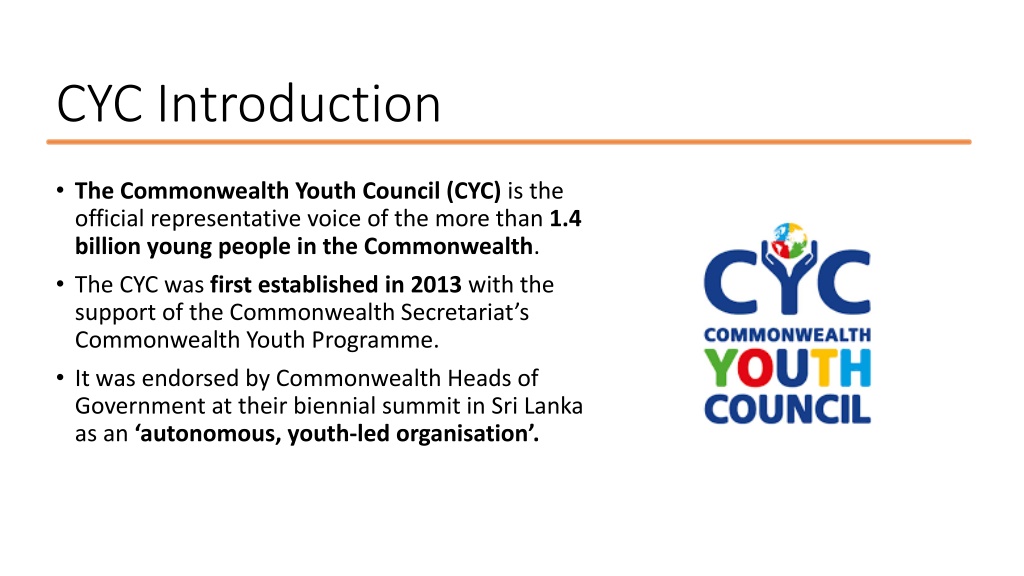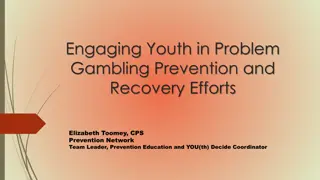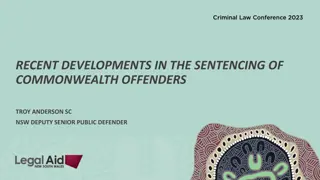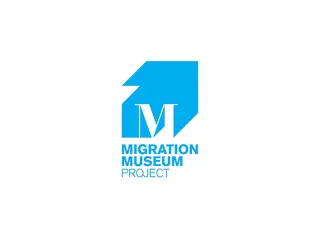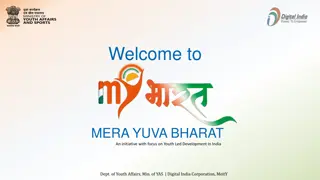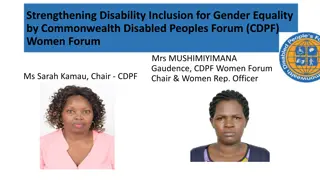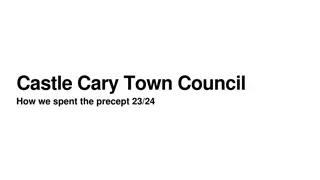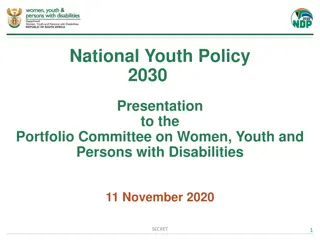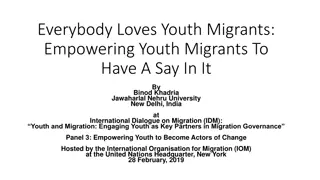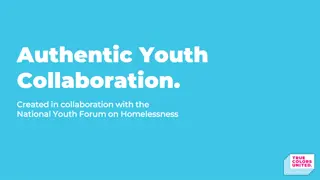Commonwealth Youth Council (CYC) Overview: Empowering Youth in the Commonwealth
The Commonwealth Youth Council (CYC) represents over 1.4 billion young people across the Commonwealth, aiming to integrate youth into development efforts at various levels. Led by a dedicated team, CYC focuses on advocacy, mobilizing youth voices, and fostering collaboration with decision-makers and youth-led initiatives. Additionally, the Commonwealth Youth Academy works to enhance learning access for youth in the Commonwealth, with a mission to educate, connect, and empower millions in the next five years. The discussion also highlights the positive impact of the Sustainable Development Goals (SDGs) from a youth standpoint, emphasizing awareness, collaboration, engagement, and education for sustainable development.
- Commonwealth Youth Council
- CYC
- Youth Development
- Sustainable Development Goals
- Commonwealth Youth Academy
Download Presentation

Please find below an Image/Link to download the presentation.
The content on the website is provided AS IS for your information and personal use only. It may not be sold, licensed, or shared on other websites without obtaining consent from the author. Download presentation by click this link. If you encounter any issues during the download, it is possible that the publisher has removed the file from their server.
E N D
Presentation Transcript
CYC Introduction The Commonwealth Youth Council (CYC) is the official representative voice of the more than 1.4 billion young people in the Commonwealth. The CYC was first established in 2013 with the support of the Commonwealth Secretariat s Commonwealth Youth Programme. It was endorsed by Commonwealth Heads of Government at their biennial summit in Sri Lanka as an autonomous, youth-led organisation .
What do we do CYC aims to further advance the youth development agenda by integrating young people into the development work of the Commonwealth at national, regional, and Pan- Commonwealth levels. It also provides a sustainable platform for unified engagement with decision- makers and youth-led development initiatives. The CYC works to mobilise the voices of young people and advocate for governments to engage young people meaningfully. It partners with the Commonwealth Secretariat and other youth-led organisations focusing on youth development.
Our Team Led by a ten-member executive, the CYC acts as a coalition of national youth councils and other youth-led civil society and private sector bodies from across the 56 member countries of the Commonwealth. The current CYC Executives are as follows: Chairperson: Mr. Kim Allen (Papua New Guinea) Vice-Chair: Policy and Advocacy: Mr. Nahjae Nunes (Jamaica) Vice Chair: Partnership and Resources: Mr. Everton Rattray (Jamaica) Vice Chair: Inclusion and Engagement: Ms. Christabel Derby (Ghana) Asia Representative: Ms. Fahmida Faiza (Bangladesh) Africa Representative: Ms. Shamim Nabuuma (Uganda) Caribbean Representative: Mr. Dominique Noralez (Belize) Europe and Canada Representative: Mr. Namir Chowdhury (United Kingdom) Pacific Representative: Ms. Sagufta Janif (Fiji) Special Interest Groups Representative: Ms. Sania Haider Shikoh (Pakistan)
Commonwealth Commonwealth Youth Academy Youth Academy The Commonwealth Youth Academy is an international organization working to tackle the issues of access to learning for youth in the commonwealth. Our mission is to Educate, Connect & Empower 100 Million people over the next 5 years with the necessary knowledge, skills and access to opportunities that will help them to thrive in todays society.
Positives of SDGs from Youth Positives of SDGs from Youth Standpoint Standpoint 01 02 03 04 Awareness and Empowerment Collaboration and Inclusion Youth Engagement Education and Skill Development The SDGs promote education on sustainable practices, enabling youth to acquire skills that align with future job markets and drive innovation. The SDGs have raised awareness among youth about critical global issues, empowering them to actively engage in creating positive change. The SDGs encourage youth to collaborate with diverse stakeholders, fostering a sense of inclusion and shared responsibility for sustainable development. The SDGs provide a platform for youth to voice their concerns, ideas, and solutions, allowing them to contribute directly to policy discussions.
Negatives of SDGs from Youth Negatives of SDGs from Youth Standpoint Standpoint 01 02 03 04 Limited Implementation Disconnected policies Lack of Youth Involvement Insufficient Resources Many governments lack effective strategies to integrate SDGs into policy and legislation, resulting in slow progress on key goals. Existing policies may not align with all SDGs, leading to inconsistencies and hindrances in achieving comprehensive sustainable development. Despite recognizing youth as key stakeholders, governments often fail to include them in decision- making processes related to SDGs. Adequate funding and resources are necessary to drive SDG-related projects, and youth often face challenges in accessing such resources.
To further integrate SDGs into policy and To further integrate SDGs into policy and legislation, parliamentarians and governments legislation, parliamentarians and governments should consider the following steps: should consider the following steps: Incentives and Accountability Education and Awareness Youth Participation Involve youth in the formulation and implementation of policies related to SDGs, ensuring their perspectives are adequately represented. Offer incentives for businesses and organizations that contribute to SDGs while establishing mechanisms to hold them accountable for their actions. Incorporate SDGs into educational curricula, fostering a deeper understanding of sustainable practices from an early age. Cross-Sectoral Collaboration Funding Allocation Allocate budgetary resources to initiatives aligned with SDGs, supporting youth-led projects and programs that address specific goals. Encourage collaboration across sectors, including government, academia, businesses, media
Envisioning the SDGs Beyond 2030 Envisioning the SDGs Beyond 2030 Integration and Alignment: Further integration of SDGs into national and international policies, serving as a foundation for addressing emerging challenges and evolving global realities. Innovation and Technology: Rapid technological advancements impacting SDG pursuit, accelerating progress through innovations like renewable energy, AI, and biotechnology. Digital Divide: Bridging digital gaps for digital inclusion, closing access, education, and skills disparities through the digital transformation. Youth and Education: Empowering youth through education, skill development, and engagement, fostering youth-led initiatives and innovative approaches to education. Continued Commitment: The vision shaped by global trends, evolving priorities, and collective commitment of nations to create a more sustainable and prosperous world for current and future generations.
